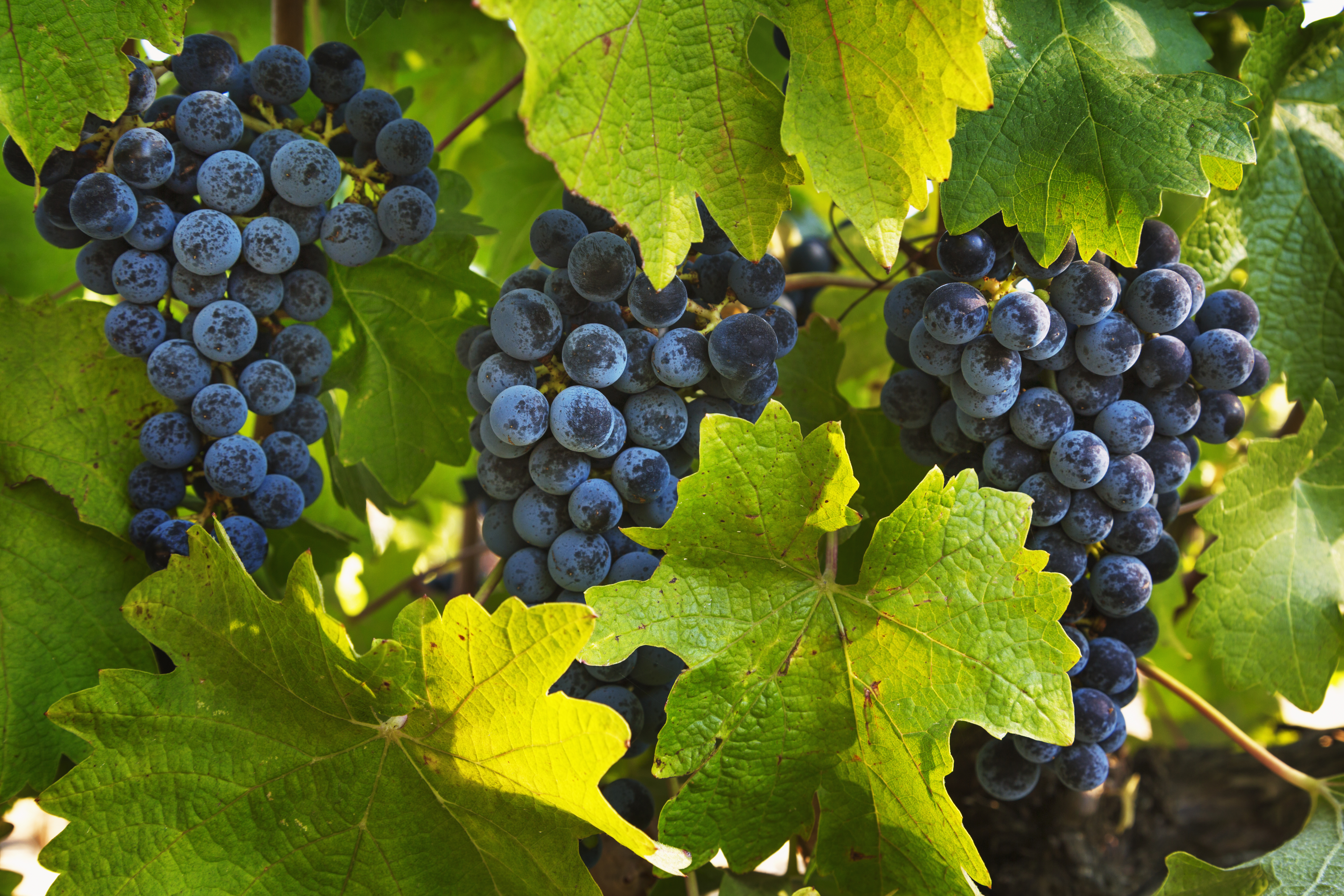Wine has been a central part of human culture for thousands of years. From ancient ceremonies to contemporary dining experiences, wine’s journey is as rich and varied as the beverage itself. Read on to learn about the story of wine through the ages, plus how your team can lean on the past to engage today's customers looking to enrich their wine experience.
A toast to ancient beginnings and the medieval era
Wine’s origins can be traced back to ancient civilizations. Archaeological evidence shows that wine production began around 6000 B.C.E. in the region that now includes Turkey, Armenia, and Georgia. The ancient Greeks and Romans refined wine-making techniques, integrating them into their daily lives and religious rituals, and Roman texts often mention wine as a staple in both social and sacred contexts.
During the Middle Ages, monasteries played a crucial role in preserving and advancing wine-making knowledge. Monks refined viticulture techniques, producing wines that were celebrated across Europe. This period also saw the establishment of renowned wine regions like Bordeaux in France.
Wine's expanding horizons
As wine production expanded beyond Europe between the 16th and 19th centuries, winemakers adapted their techniques to different climates and terrain, resulting in the range of wine varietals available today. By the 1900s, wine consumption increased globally — as did wine appreciation.
Over time, distinct wine styles emerged both in Europe, where there is a long tradition of winemaking, and beyond. Traditional European winemaking techniques focused heavily on the geographical location, soil, and climate of the vineyard itself. This emphasis on natural terrain — terroir in French — means that so-called Old World wines were labeled by region (such as Burgundy) were characterized by the impact from the land itself.
In contrast, as wine expanded to areas of the world such as North America and Australia, New World wines emerged. With a focus on technique, innovation, and flavor, New World wines are often labeled by grape variety (such as Chardonnay or Cabernet Sauvignon) with an emphasis on producing a bolder, more fruit-forward flavor profile.
Though these terms have endured over time, there's an increasing break from this divided view of wine now that there's so much overlap in styles and innovations around the world. Factors like technology and climate change are shaping today's wine marketplace.
Embracing wine in the modern era
Wine culture has continued to evolve, reflecting broader social and culinary trends. Recent years have seen a rise in diverse wine offerings, with unique flavors and sustainable practices helping to shape the future of wine. By staying informed of the rapidly changing wine landscape, you can ensure your business offers the high-quality wines your customers want.
Before the 1970's, wine was predominantly served by the bottle, and most restaurants offered a generic house wine. The concept of wine by the glass was introduced in the mid-1970s, allowing restaurants and bars to offer a broader range of wines, catering to diverse tastes and preferences. It also allowed consumers to begin exploring new wines without committing to a whole bottle, revolutionizing how wine is bought and sold.
Innovations in wine serving and packaging
Modern innovations have transformed how wine is served and sold in both on- and off-premise establishments. These advancements enhance convenience and freshness, appealing to your contemporary audience of customers.
Innovations include:
- Wine on tap: Provides a fresh pour at the proper temperature.
- Coravin systems: This tool allows for wine preservation and tasting without opening the bottle.
Alternative packaging: Cans and bag-in-box offer convenience and sustainability.
Creating a compelling wine experience
To build a successful wine program, bars and restaurants should focus on several key strategies:
- Variety: Offer a range of wines, including different styles, price points, and seasonal recommendations.
- Classic pairings: Present a selection of wines suitable for the cuisine. For example, a seafood restaurant should focus more on white wines and a steakhouse more on red.
- Education: Ensure staff are knowledgeable about the wine list and can provide informed recommendations.
- Presentation: Use proper stemware and ensure clean, well-maintained glasses.
Tips for success:
- Wine flights: Provide opportunities for customers to sample multiple wines.
- Staff training: Educate staff on wine basics and effective selling techniques.
Engaging with modern wine enthusiasts
Every bottle or glass of wine you sell has a story to tell. Today’s wine consumers are seeking out unique wine experiences and value authenticity. Your business can appeal to these consumers by offering wine brands with compelling stories, whether they are focused on a rich family history of winemakers or burgeoning sustainable practices.
Stay ahead of wine trends with Southern Glazer’s
As wine culture continues to evolve, it’s still a symbol of celebration, tradition, and exploration. Whether you’re a new hospitality professional or a wine connoisseur, keeping up with wine culture and changing trends will help you serve your customers snd guests so they continue to discover and enjoy a variety of wines.
With more certified wine experts than any other North American wine and spirits distributor, Southern Glazer’s can help bars, restaurants, and retailers curate irresistible wine programs designed to drive sales. Our customers also have access to an unrivaled portfolio of wine and spirits on Proof®, our online shopping platform.
Southern Glazer’s Wine Team
Date Published
June 27, 2025



